As people spend more and more time online, the role of Web Design Development has become increasingly crucial.
As a web designer, it’s your job to stay on top of new techniques, technologies, and tricks. Especially the ones that continue to emerge at a phenomenal rate. Additionally, you also need to run your business. Including finding clients, filing accounts, and potentially hiring and managing staff.
Whether you’re a web designer or considering hiring one for your company. It’s critical you know about the current challenges and opportunities in the web design industry.
Here, we’ll cover some of the most essential web design stats for 2021. From Sitejet’s new State of Web Design survey for 2021 and beyond.
Biggest Challenges & Pain Points in Web Design Development
We’ve touched on it already, but when it comes to daily challenges, customer acquisition is far and away the most commonly cited pain point.
In fact, nearly half of web designers say that. More than any other aspect of their job, they find it hard to discover new clients.
The next most commonly cited pain point was profitability and pricing. While other responses such as keeping up with industry standards was at (10%). Time management at (8%). Difficult clients (7%), and team management (2%) lagged way behind.
“Unsurprisingly, when asked about their favorite parts of web design development, the overwhelming majority focused on the creative process.”
– iCreativeSOL
The actual process of building beautiful websites is what attracts most people into the profession, and it seems fair to say that it’s what keeps them motivated years later.
Things Web Designers Dislike
When asked what they dislike about the web design development process, customer acquisition was again the most common reply. This was followed up by just under one in four web designers who say that managing the business is their least favorite part of the job.
These results, when evaluated together, tell us that web designers tend to enjoy the creative parts of the role, but are forced to reluctantly take up the ‘other bits’ such as marketing and management, to help facilitate what they really love to do.
How do web designers communicate with their clients?
For around 90% of web designers, there’s some element of ongoing client communication and collaboration. How is that managed?
How do consumers browse the web?
The Sitejet study didn’t just quiz web designers about their daily work. It also asked for the thoughts and opinions of the everyday web consumer.
We all know that mobile browsing is a big deal, but, interestingly, it feels like rumors of the death of desktops have been greatly exaggerated. When asked how respondents mainly browse the web, over 70% of respondents told us they mainly browse on desktop.
Of course, that’s not to say that they don’t also browse on mobile — but with so many people browsing mainly on desktop, it’s important to not put all your eggs into one basket.
The importance of usability …
Usability is one of the big buzzwords in modern web design and it’s unsurprising that it seems to have such a big effect on website users. This mainly applies to responsiveness, design quality, and load speed.
According to a survey:
- 93% of people have left a website because it didn’t display properly on their device.
- 90% of people have left a website because it was badly designed.
- 93% of people have left because a website didn’t load quickly enough.
Ultimately, these results demonstrate the critical importance of usability for any website’s long-term success.
In summary …
That’s a lot of numbers, right? Here are the key takeaways:
- Web designers are ‘reluctant administrators’ who love to create. Much more than that, they love to manage and market their businesses!
- There’s an insanely wide variance in how much work is involved in creating and managing websites. It’s difficult to shake the feeling that a lot of web designers are spending way longer than they need to on their work. This potentially explains why around a quarter of web designers struggle with profitability and pricing.
- Email, for all its faults, remains THE dominant communication channel for web designers to work with their clients.
- Desktop browsing is far from dead. With a sizeable chunk of the online population still browsing mainly on desktop, rather than mobile or tablet.
- Tolerance for shabby design, sluggish performance, or unresponsive design is at an all-time low. With more than 9 out of 10 people admitting they won’t hang around on a website that doesn’t tick these boxes.
Author



